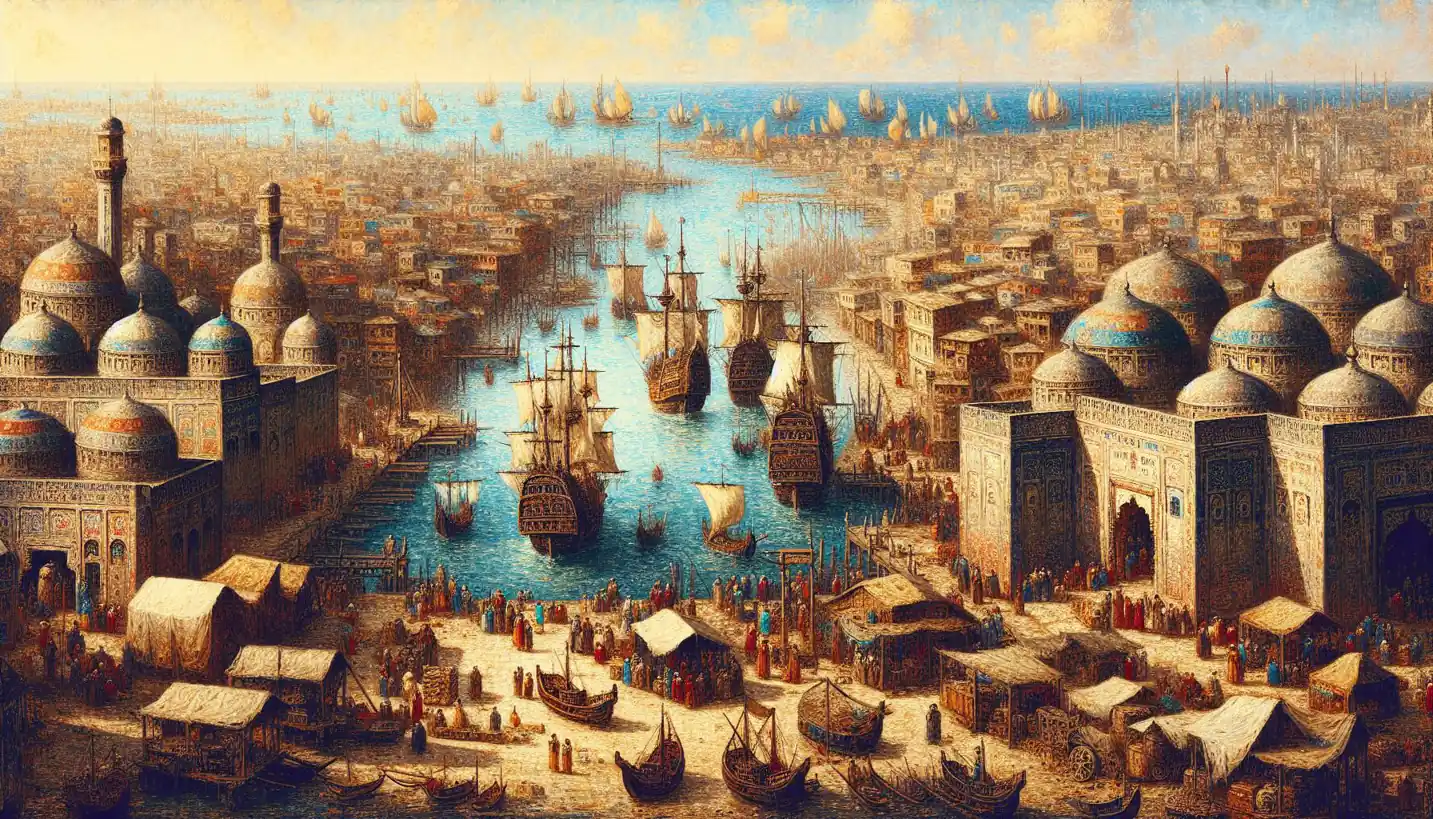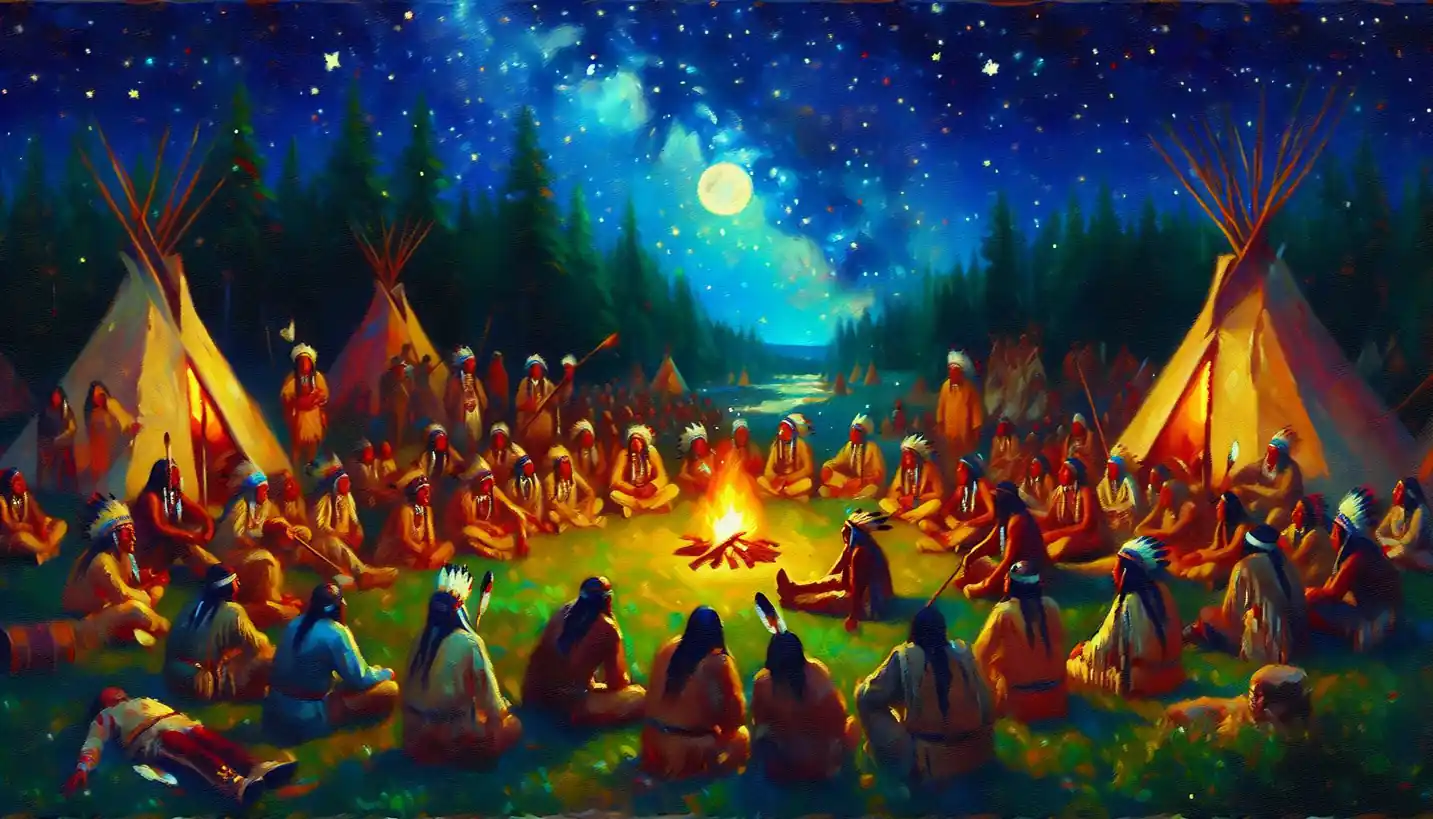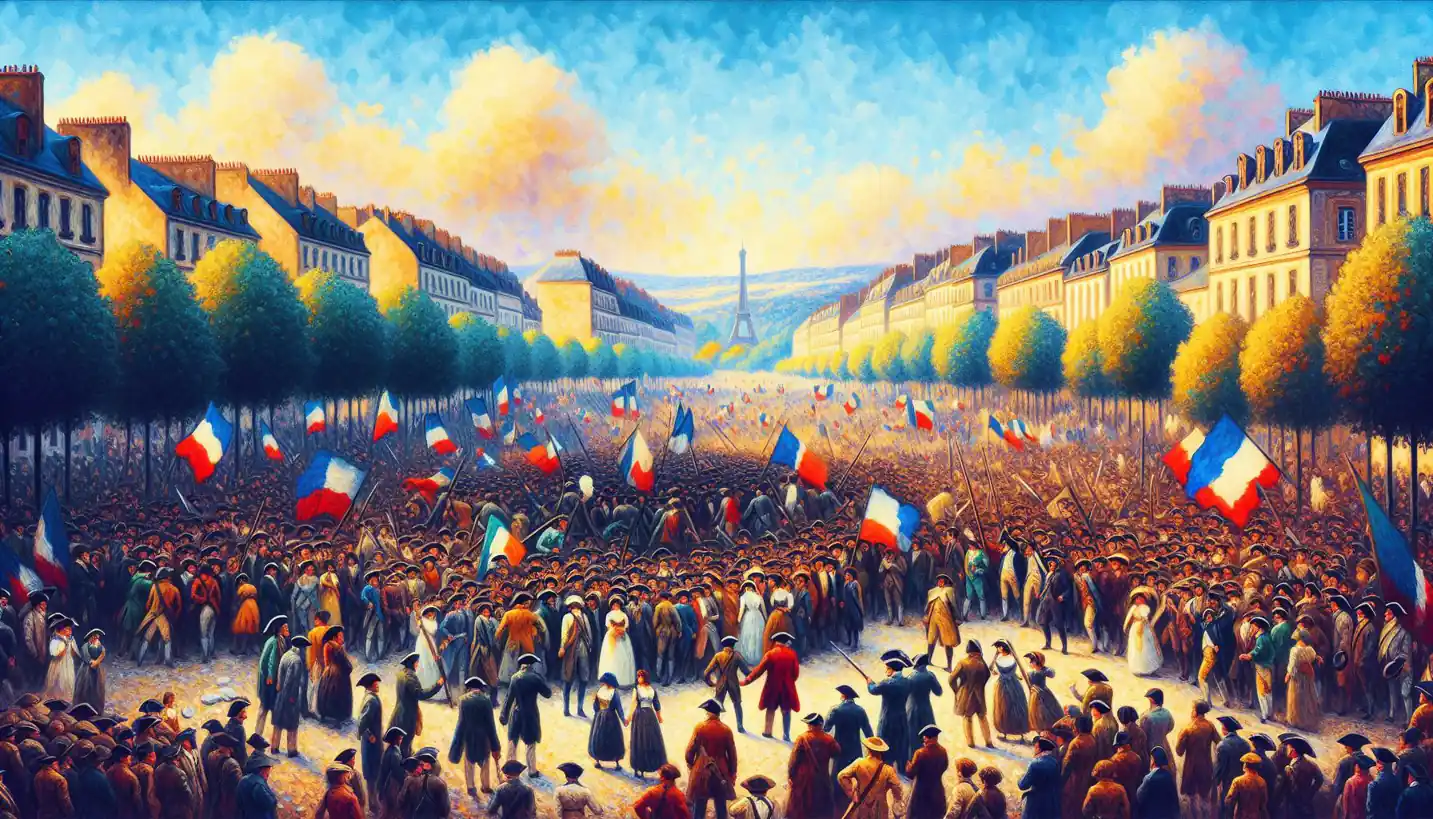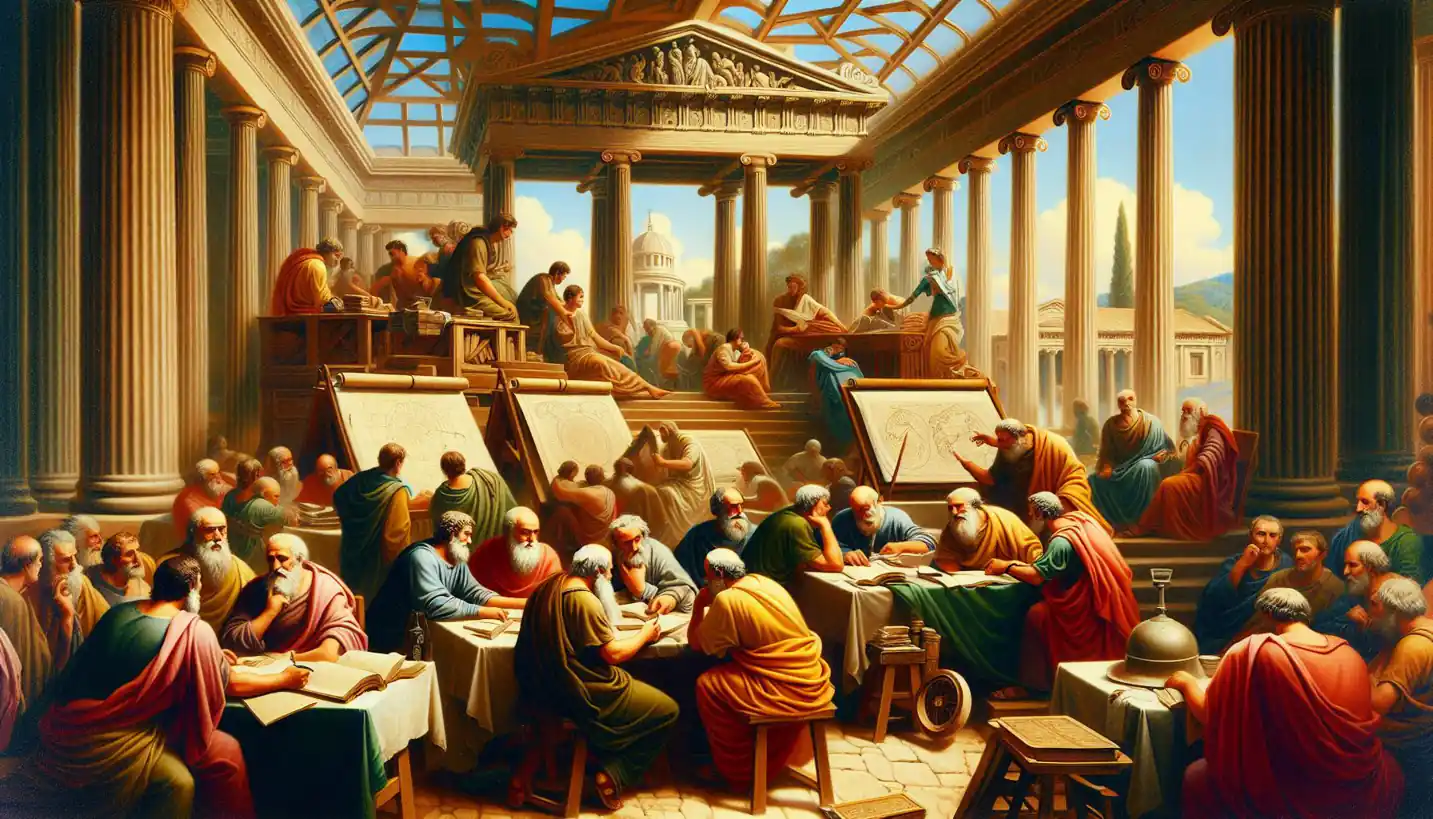· History · 5 min read
Bayeux Tapestry: A Medieval Masterpiece of History and Art
The Bayeux Tapestry is a masterpiece of medieval art and history. Discover the fascinating stories it depicts and its enduring significance.

The Bayeux Tapestry is like a medieval time machine woven with threads of fascinating history and art. This incredible work of embroidery, not really a tapestry in the traditional sense, offers us a vivid glimpse into the events of the Norman Conquest of England in 1066. Let’s unravel the story behind this ancient storytelling masterpiece and discover why it continues to captivate historians and art enthusiasts alike.
What is the Bayeux Tapestry?
To picture the Bayeux Tapestry, imagine an enormous fabric comic strip, stretching nearly 230 feet long. It’s embroidered on linen, mainly using wool yarn, and was crafted sometime in the late 11th century. Although called a tapestry, it’s actually an embroidery—meaning the images are stitched onto the cloth rather than woven into it.
The tapestry tells the dramatic tale of William the Conqueror’s invasion of England and the Battle of Hastings. It’s like a medieval graphic novel, illustrating scenes of battles, banquets, and even comets. This captivating narrative is captured with extraordinary detail, allowing us to witness history as it unfolded centuries ago.
The Story it Tells
At the heart of the Bayeux Tapestry is a political saga filled with ambition, betrayal, and conquest. The story starts with Edward the Confessor, the King of England, and highlights the succession crisis that followed his death. It unfolds with Harold Godwinson, an English nobleman, taking the throne, despite some promising it to William, the Duke of Normandy.
The narrative builds up to the famous Battle of Hastings, where William defeats Harold, marking the beginning of Norman rule in England. Through its vivid embroidery, the tapestry doesn’t just depict battles. It elegantly portrays everyday life in the 11th century, from the building of ships to preparing feasts, offering us a snapshot of medieval society.
Artistry and Craftsmanship
The Bayeux Tapestry is a testament to the skill and creativity of its creators. It was probably commissioned by Bishop Odo of Bayeux, William’s half-brother, and likely completed in a Norman workshop. The details are exquisite, with over 50 scenes crafted using ten different colors of yarn.
The scenes are framed with borders often depicting mythical creatures or scenes from fables, adding layers of richness to this historical artifact. What makes it even more fascinating is the way it blends art and narrative, letting each embroidered panel flow into the next seamlessly.
Historical Mysteries
One of the many intriguing aspects of the Bayeux Tapestry is its mysterious origins. While we know it was created in the late 11th century, the precise identity of its artist remains a puzzle. Some speculate it was made by a team of skilled artisans, possibly even nuns, who were adept in the art of embroidery.
There are other mysteries too, like the story’s endpoint. The tapestry as we know it concludes rather abruptly, leading some historians to wonder whether it was once longer or if there were plans for a more extended narrative.
Significance in Medieval History
The Bayeux Tapestry is not just a piece of art; it’s a crucial historical document. It serves as a primary source for scholars studying the Norman Conquest. While there are other historical accounts of this period, the tapestry provides a visual record, offering perspectives often missing from written texts of the time.
It shows us more than just warfare. Through its images, we learn about clothing, architecture, and even transportation in the medieval world. For anyone curious about everyday life in that era, the tapestry is invaluable.
Moreover, its survival through centuries of potential damage speaks to its importance. It’s avoided destruction during wars and revolutions, often carefully protected and preserved—a testament to its recognized value across generations.
The Debate and Interpretations
The Bayeux Tapestry, like any historical document, is open to interpretation and debate. While it appears to tell a straightforward story, historians discuss the bias it might hold. After all, it was created by those close to William and may present events in a light favorable to the Normans.
Some sections are interpreted differently, especially by those who study the subtle details and symbolism in its design. These discussions continue to enrich our understanding of not only the tapestry but the broader historical context it exists within.
The Tapestry Today
Today, the Bayeux Tapestry is housed in a museum in Bayeux, France. It continues to draw visitors from around the world, interested in seeing this woven window into the medieval past. Remarkably, digital technology and reproductions now allow more people to explore the tapestry’s details from afar, making this historical treasure more accessible than ever before.
Why We Still Care
The Bayeux Tapestry’s appeal endures because it combines storytelling with historical intrigue and artistic achievement. It serves as a reminder of how art and history intertwined in the past, and its study brings light to a pivotal moment in European history.
In a world where technology often dominates, this ancient piece of embroidery reminds us of the timeless human desire to record and share stories. The Bayeux Tapestry invites us to reflect on our own narratives and the ways we choose to share them, woven today not with threads, but digital pixels.



